What will Sweden and Finland contribute to NATO air power?
As an unintended result of the Russian invasion of Ukraine, Finland and Sweden will abandon their historical stance of neutrality and want to join NATO. But what combat power will their Air Forces bring to the table?
First, it should be noted that both the Swedish and Finnish armed forces have, over the years, developed great interoperability with their neighboring NATO partners, honed through multiple bilateral and multilateral exercises.
Also, a fundamental issue that helps interoperability is that both Sweden and Finland have progressively adopted NATO standards for their weapon systems.
Another important aspect is that these Nordic countries and NATO allies have a shared geopolitical vision (when it comes to basic European security issues) which allowed the establishment of fluid communication channels and, to some extent, good relations between their intelligence agencies and armed forces.
These characteristics mean that both Sweden and Finland, although explicitly independent, have always been considered «NATO friendly» countries, which should make their integration into NATO’s combined command and operations structure not particularly complex.
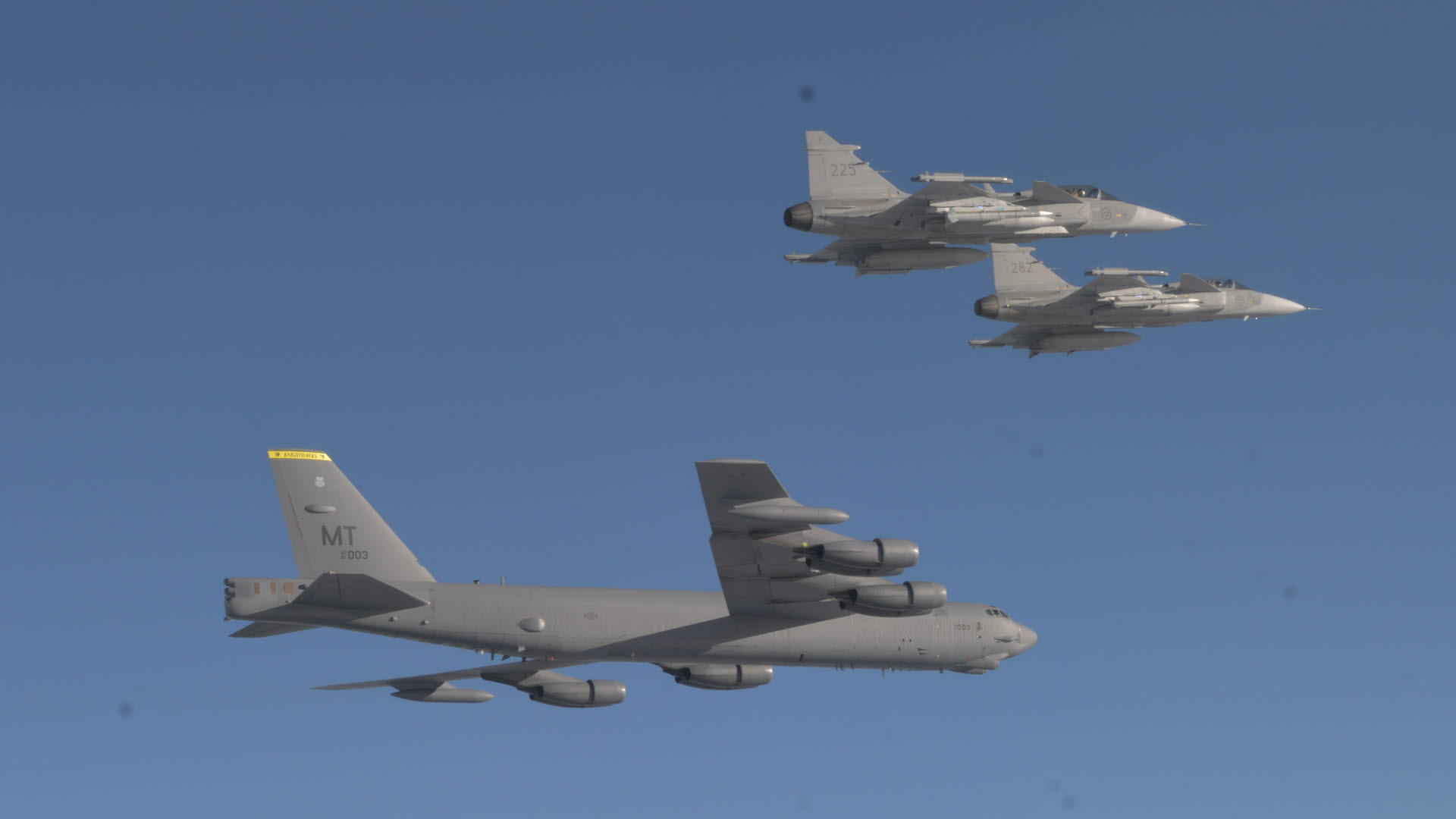
And while it is true that today their membership is being blocked by Turkey, which is using its veto power to negotiate with the U.S. for a relaxation of economic sanctions, and perhaps to regain its participation in the Joint Strike Fighter program, it is true that no one is really questioning that sooner rather than later, both countries will become the newest members of the North Atlantic Treaty Organization.
See also: To approve Sweden and Finland’s NATO membership, Turkey wants its F-35s back
But in real terms, what power do the Swedish and Finnish Air Forces bring to the NATO table?
By the numbers
Let’s see what the main quantitative contributions of the Finnish and Swedish air forces to the combined air power of the Atlantic alliance would be.
Swedish Air Force
SAAB JAS-39C Gripen
The Swedish Air Force deploys as its main defensive/offensive asset the JAS-39 Gripen light fighter, in its C variant, whose number are between 65 and 70 units (depending on the source consulted).
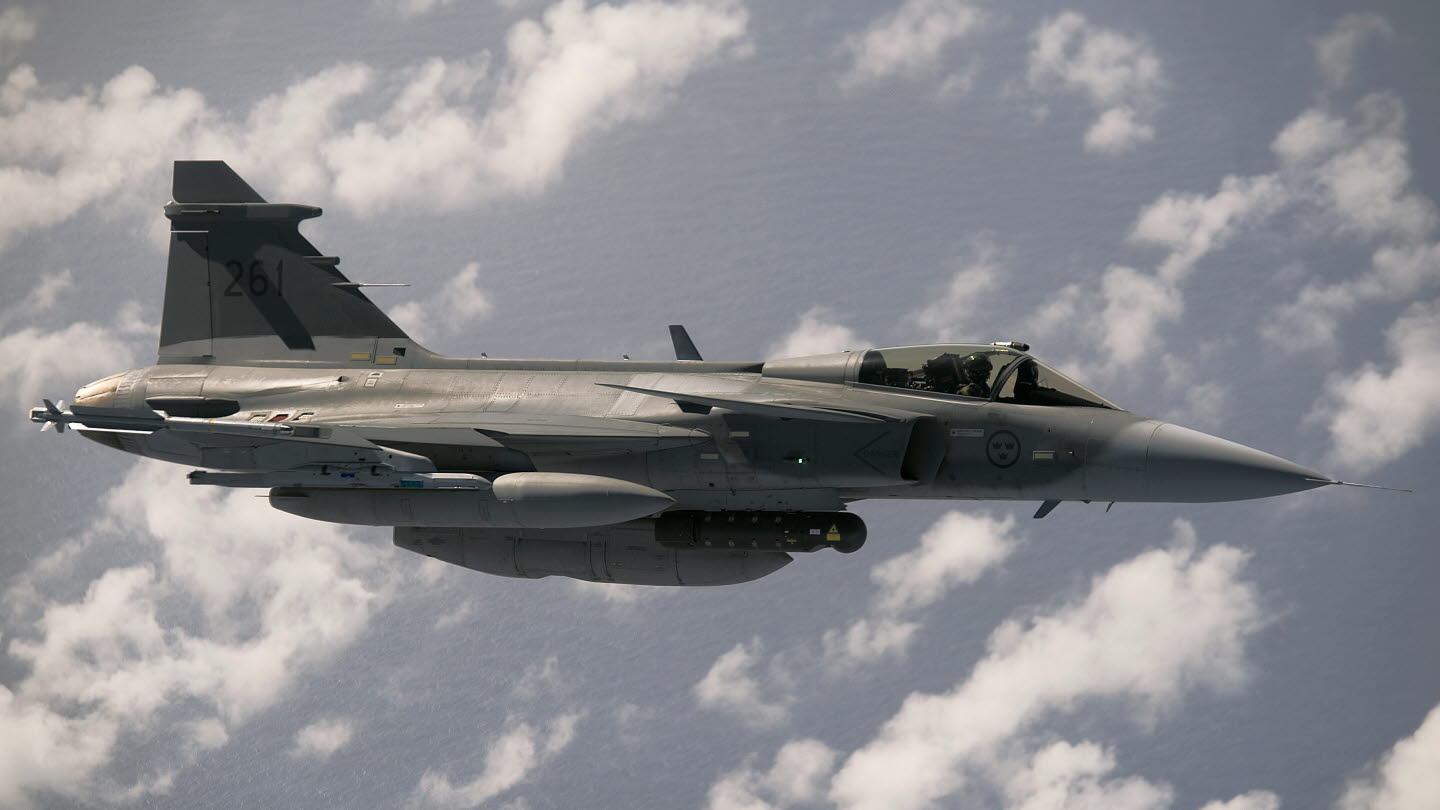
This small but competent fighter was designed according to the particular Swedish requirements, such as being an easy and cheap machine to operate, with the minimum possible logistic footprint, and that can be deployed in combat missions from the roads of the interior of the country (dispersed operations doctrine), to avoid being destroyed in their bases in the event of a possible conflict with the extinct U.S.S.R.
Although they have their age, the Gripen C has undergone several upgrades and today they are very valid combat aircrafts, capable of using the MBDA Meteor long-range air-to-air missile.
See also: Saab receives order to modernize Swedish Air Force JAS-39 Gripen C/Ds
The single-seat C and 20 Gripen D two-seaters will receive further modernization works to remain in service until 2035, at which time they are due to be replaced by a next-generation fighter, potentially the Tempest.
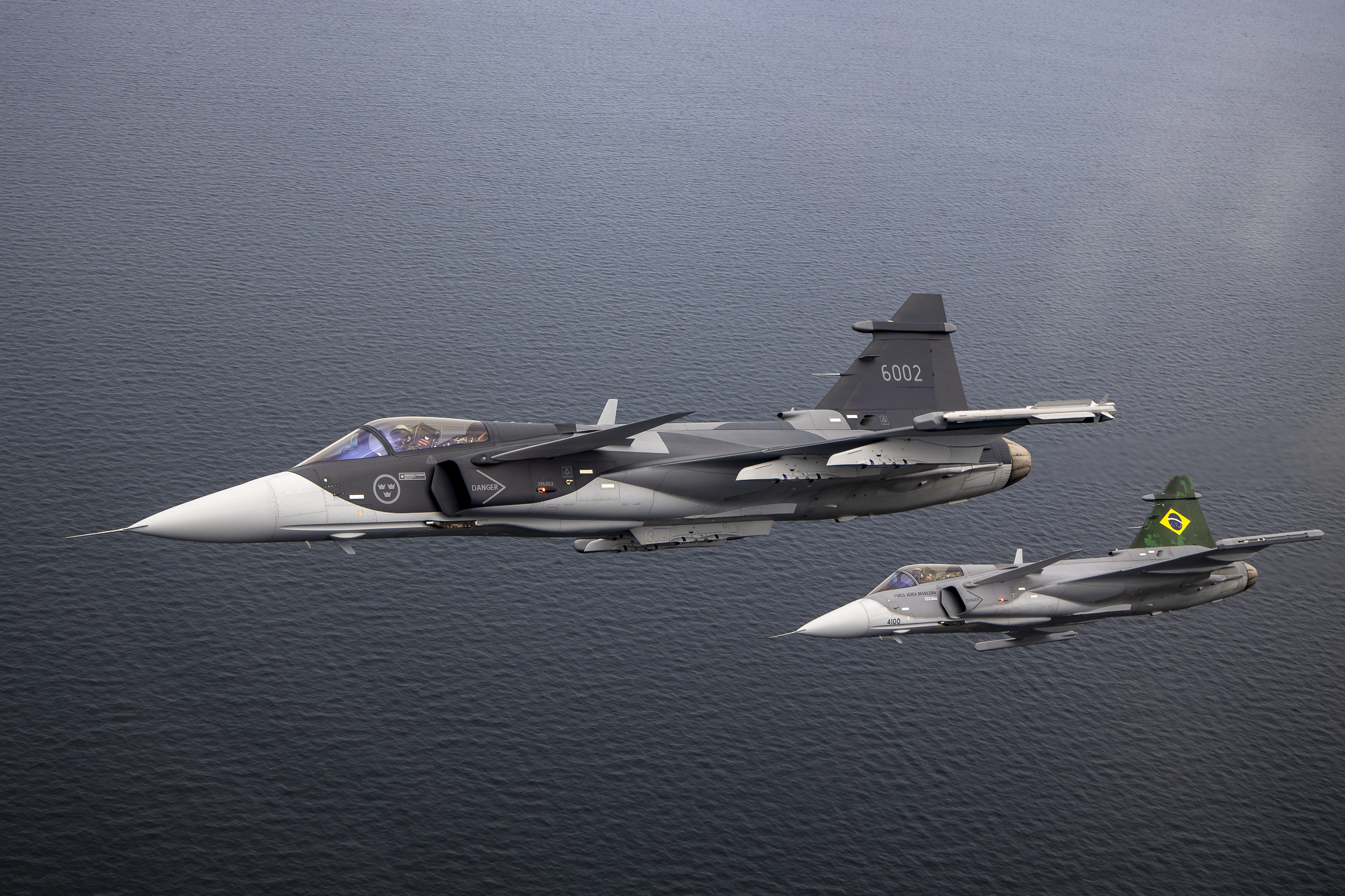
In addition, the Air Force commissioned SAAB to manufacture 60 Gripen E-series, a deeply modernized, more powerful and capable version of the JAS-39C, also acquired by the Brazilian Air Force.
Special mission aircraft
Sweden has a highly technologized defense industry, which was able to develop its own highly capable electronic reconnaissance platforms.
The Swedish Air Force has two Gulfstream IV aircraft, modified with intelligence systems to perform electronic reconnaissance, or ELINT, missions.

It also has two SAAB 340 AEW airborne early warning aircraft (it previously had six units of this type), which are equipped with an Erieye airborne scanning radar, capable of detecting aircraft in all types of flight regimes and weather, in addition to having maritime detection capabilities. These aircraft will be replaced by two GlobalEye AEW&C, which are much more powerful than the SAAB 340 AEW, both in terms of platform and new generation sensors.
Cargo and transport
Given Sweden’s size and the fact that so far there has been no need for regular long-range deployments, its contributions to NATO’s logistic transport capability will be relatively marginal.
The Swedish Air Force currently has five C-130H Hercules and one KC-130H for in-flight refueling missions. To which must be added a SAAB 340 for light transport and liaison.
It is worth mentioning that Sweden has access to certain heavy/strategic transport capabilities, as it is a partner, along with Finland and other NATO members, in the European Heavy Airlift Wing (or HAW) flotilla, consisting of three C-17 Globemaster IIIs.
Once the country joins NATO, it is likely that its Air Force will have to invest in the medium term in acquiring some strategic deployment capability of its own.
Helicopters
The Swedish helicopter force is articulated around rapid deployment operations of light forces, armed reconnaissance, and special forces operations.

The Swedish Armed Forces currently have about 20 AW109 LUHS light helicopters, 18 NH90 medium helicopters (9 for transport and 9 for ASW missions) and 15 UH-60M BlackHawk.
Finnish Air Force
F/A-18 Hornet
Smaller than Sweden’s, but certainly powerful, the Finnish Air Force’s combat capability is centered around more than 50 single-seat F/A-18C Hornets and seven twin-seat F/A-18Ds.
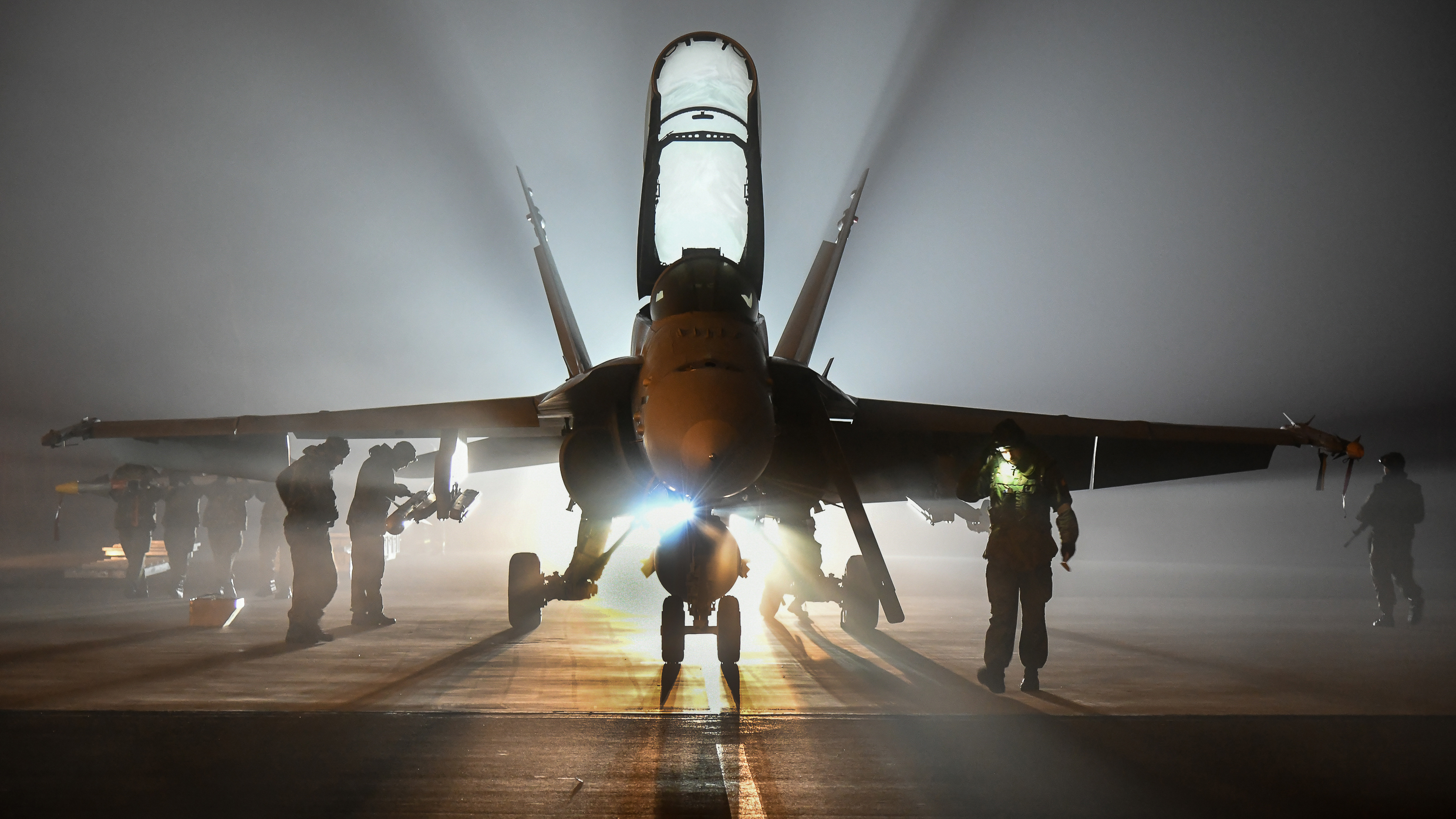
The Finnish Hornets have undergone several upgrades over the years to keep them at a level commensurate with contemporary threats, and are now a very powerful weapon system, capable of being armed with AIM-120C-7 AMRAAM medium-range air-to-air missiles, AIM-9X Sidewinder short-range air-to-air missiles and the powerful AGM-158 Joint Air-to-Surface Standoff Missiles, capable of destroying ships and ground installations up to almost 400 km away.
But Finland will have an even more powerful Air Force, as it decided to replace its Hornet with the Lockheed Martin F-35A Block 4, whose 64 contracted units (for 9.4 billion euros) should start to be delivered from 2025.
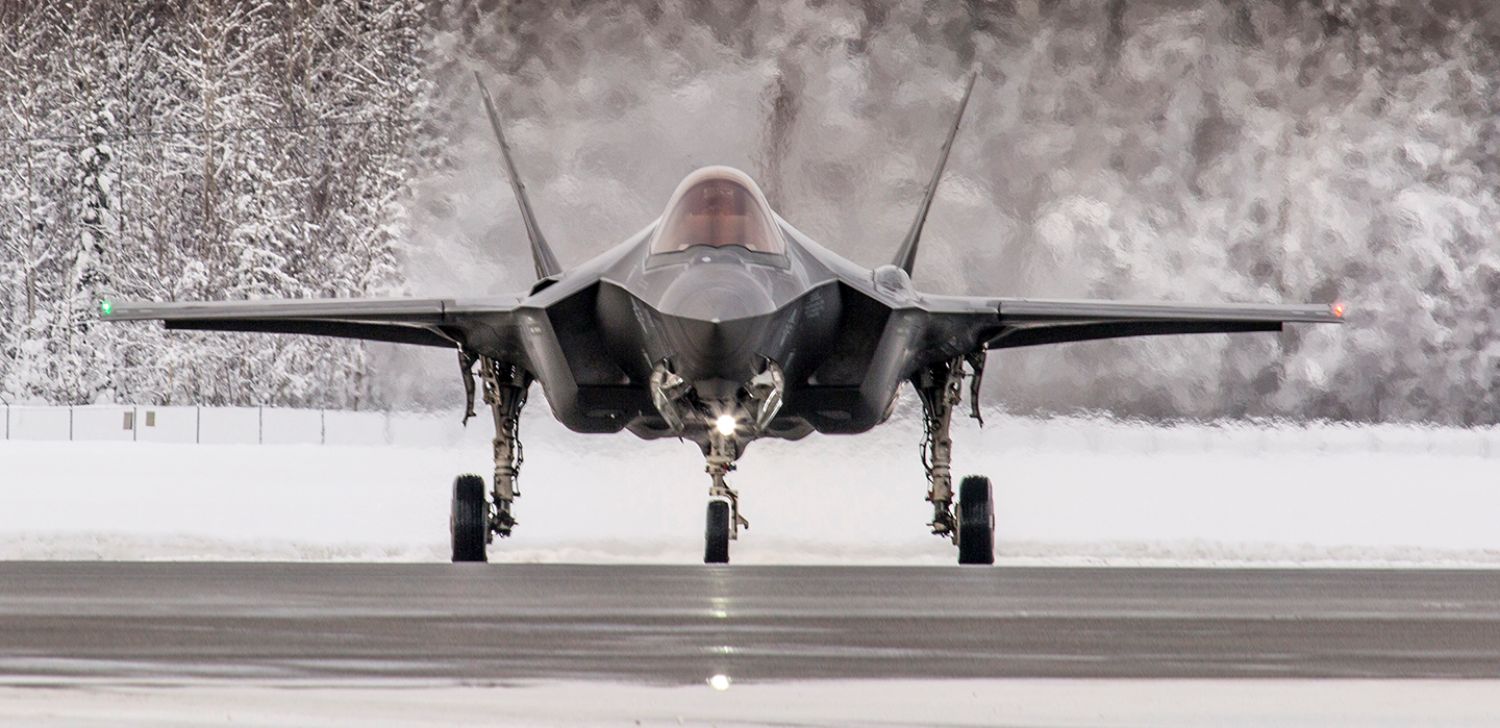
See also: Finland signs F-35A acquisition agreement
Transport and special mission aircraft
The Finnish Air Force bases its tactical transport capabilities on three Airbus C295Ms, one of which also performs electronic intelligence functions through the installation of specialized equipment.

As already mentioned, Finland is a partner in the European Heavy Airlift Wing, but these three C-17s do not represent a novel contribution, as several NATO member countries are also partners and operate them jointly.
Helicopters
As the most significant means within this section, the Finnish Army has about twenty NH90 transport helicopters, in their TTH ground operation version.
The best contribution, the firepower
So far, we can see that the main contribution of the Finnish and Swedish Air Forces to NATO will be in their combat aviation.
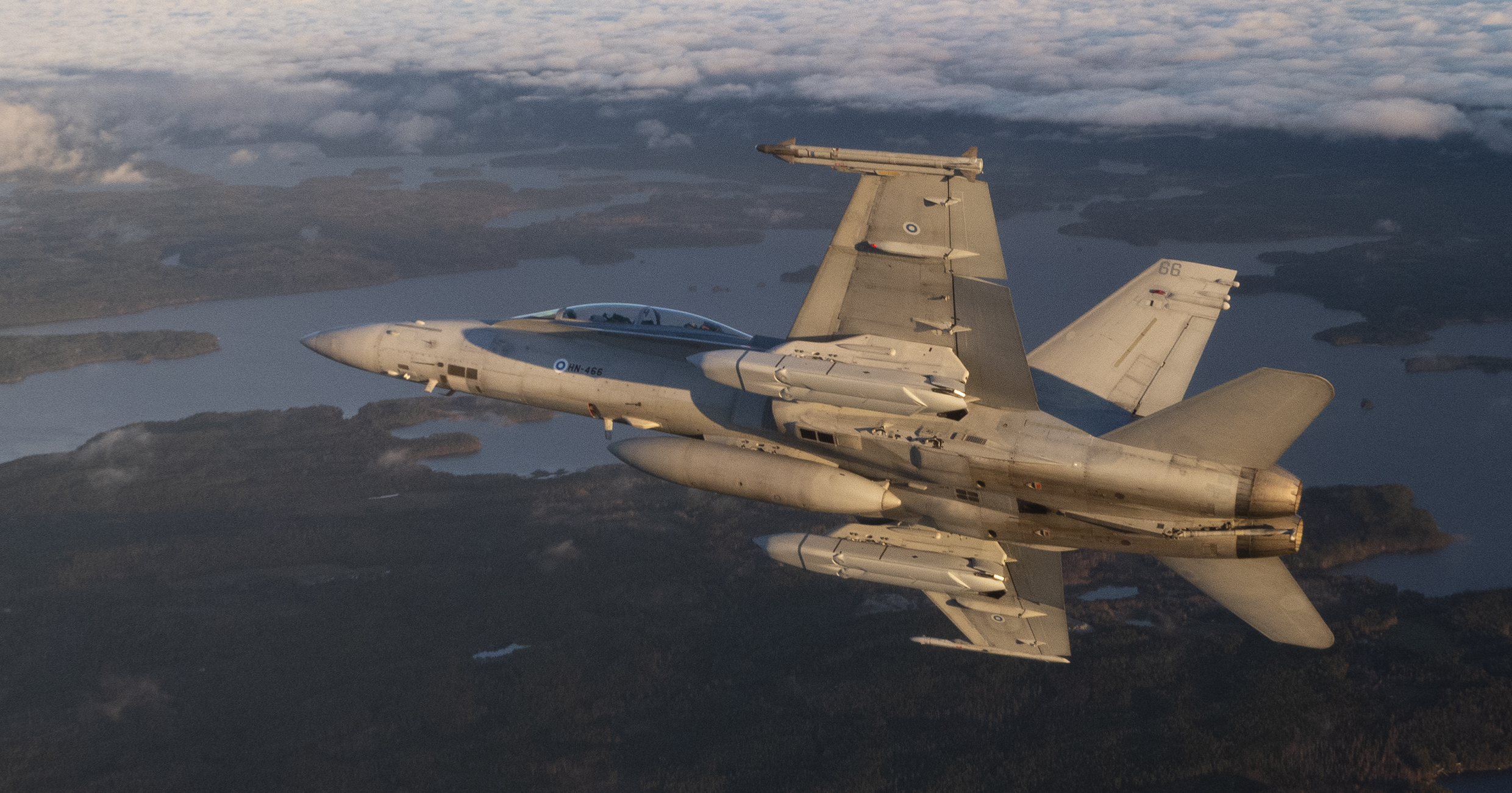
NATO’s northern flank would receive, today, the important reinforcement of more than 120 up to date fourth-generation combat aircraft. And in the future, this combat power would be significantly increased with the addition of the Swedish Gripen E and the Finnish F-35A.
Qualitative Aspects of NATO’s Northward Expansion
The qualitative variables are probably the most difficult to assess, but it is worth making the intellectual attempt. Beyond the numbers of aircraft and helicopters, in strategic terms what does the incorporation of Sweden and Finland represent for NATO and for Russia?
Mare Nostrum
In principle, the Baltic Sea would become a kind of private NATO pool or lake, from which the Russian Navy would find it very difficult to leave. And Sweden’s recent militarization of the strategic island of Gotland, only worsens the situation for the Russian armed forces.
The indefensible border
The incorporation of Finland would mean a great threat to Russia, since it would share more than 1,300 km of border with a NATO partner, on the Kola peninsula, where Moscow deploys a good part of its strategic nuclear deterrent.
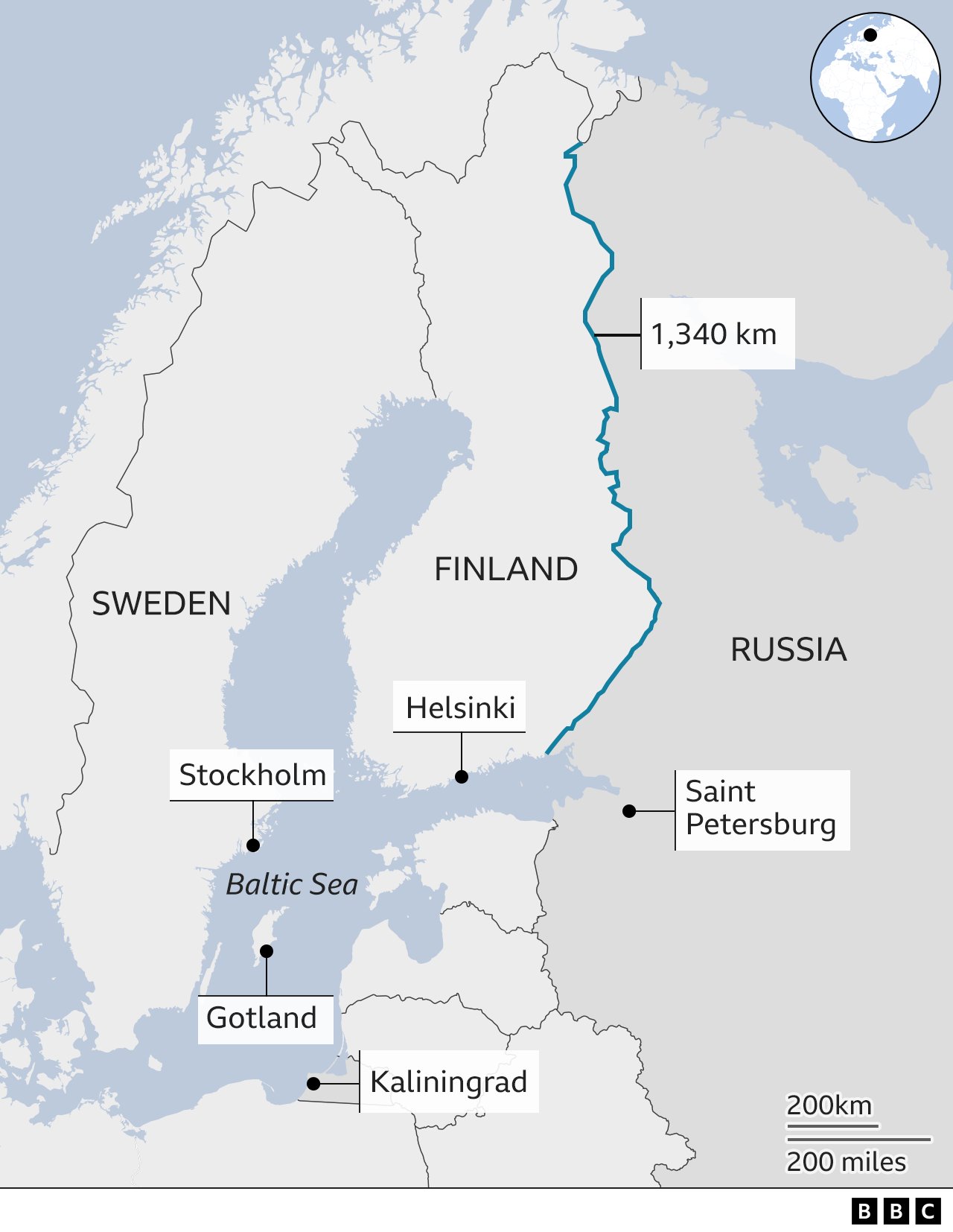
A NATO offensive from Finland against the Murmansk Corridor (700 km of rail and land routes) could cut off communications and logistics between St. Petersburg and Moscow and the important port of Murmansk, as well as all the military bases on the peninsula, such as the port of Severomorsk, the base of the Northern Fleet and where Russia hosts a large part of its ballistic missile submarine force. The rugged, forested terrain typical of that area would prevent Russia from mounting an effective defense against the deployment of heliborne special operations forces.
Diminishing the threat
NATO strategists are very enthusiastic about these Nordic countries joining the alliance because it would lead to Russia having to expend far more resources to protect its hitherto relatively secure northern flank.
And if Moscow has fewer resources, it will tend to get bogged down (or suffer a humiliating defeat) in Ukraine and should diminish its presence on the international stage. Particularly in the Middle East, Central Asia and Africa, where Russia has been actively involved in disputing spaces of power historically held by the West.
For now, Turkey, and perhaps later Greece, will make it difficult for Sweden and Finland to join the Atlantic alliance, but it will only be a matter of time, since almost all its members are in favor of membership.
However, the growing Russian nuclear threats should not be ignored, and extreme caution should be exercised, accepting some compromises. After the fiasco that has been the invasion of Ukraine, Moscow may have only one credible card left to play, but if it is used, there may be no return.

/https://aviacionlinecdn.eleco.com.ar/media/2022/06/Finlandia-y-Suecia-en-la-OTAN.jpg)
Para comentar, debés estar registradoPor favor, iniciá sesión